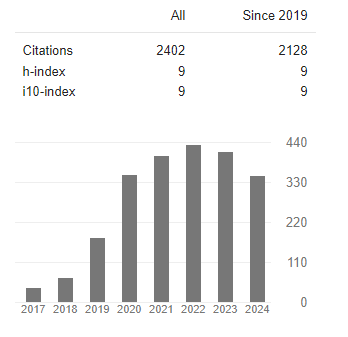Sheppard Siegal Syndrome (Familial Mediterranean Fever) With Homozygous M694v Gene Mutation and Saa1 Amyloidosis Gene Genotype 1.1/1.5: Documenting the Occurrence in An Iraqi Girl, And an Evidence-Based Therapeutic Recommendation
Abstract
Aamir Jalal Al-Mosawi
Background: Sheppard Siegal syndrome was first described in 1945 by Sheppard Siegal who described in details an extraordinary syndrome that was often undiagnosed because it was not clearly understood. Siegal suggested that the syndrome are constant is characterized by recurrent paroxysms of severe abdominal pain with fever which can high. Four mutations in the MEFV gene have been reported to account for 86% of the mutations causing Sheppard Siegal syndrome. Nothing is known is known about the genetic mutations causing Sheppard Siegal syndrome in Iraqi children.
Patients and methods: An Iraqi girl from Al-Anbar province with Sheppard Siegal syndrome was studied, and the relevant literatures were reviewed with the aim of suggesting an evidence-based therapeutic recommendation.
Results: An 11-year old Iraqi girl was having recurrent attacks of fever, abdominal pains, and pains in her limbs. Mutation analysis of MEVF gene covering twelve mutations (E148Q, P369S, F479L, M6801 (G/C), 169del, M694V, M694I, K695, V726A, A744S, R761H) was performed. The analysis showed that the patient was homozygous for M694V gene mutation and also had the serum amyloid A1 (SAA1) gene, genotype 1.1/1.5. Although, polymorphism in the SAA1 gene is not present in this patient, we recommended early treatment with colchicine no just to prevent the recurrence of inflammatory attacks, but also to prevent the development of renal amyloidosis.
Conclusion: Nothing is known is known about the genetic mutations causing Sheppard Siegal syndrome in Iraqi children. However, we reported an Iraqi girl with Sheppard Siegal syndrome caused by homozygous M694V gene mutation. In addition, we provided an evidence-based therapeutic recommendation for the patient.




